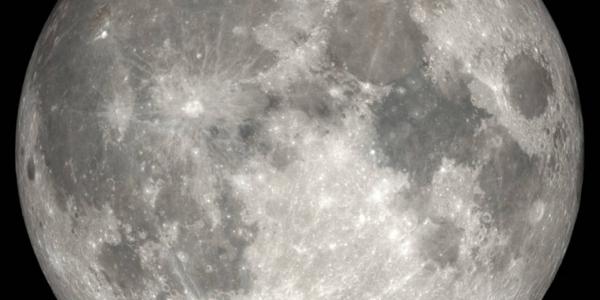Exploring the Magmatic Effects of the Moon’s Nearside “Hotplate”
The crust of the Moon is hemispherically asymmetric, with much thicker crust on the farside and the vast majority of surface volcanism and heat-producing elements such as K, Th, and U found on the Earth-facing hemisphere. The surface correlation between lavas and heat-producing elements is likely no coincidence, but the connections between this nearside “hotplate” of heat-producing elements and the mechanisms for magma production in the Moon are still unclear. In this talk, I’ll explore the links between the Moon’s asymmetric concentration of heat-producing elements and lunar magmatism, focusing on two different eras: the earliest post-magma ocean crust-building magmas on the Moon, and the youngest lavas yet sampled, the basalts returned by the Chinese Chang’e 5 mission.
Host: Kun Wang
Register to attend via Zoom
